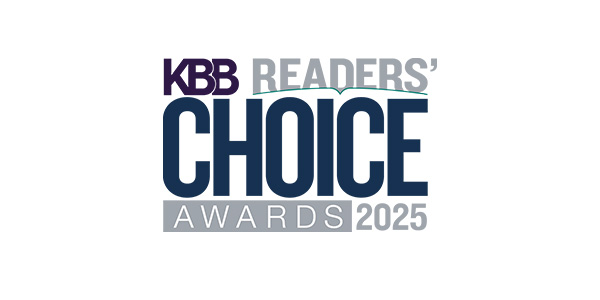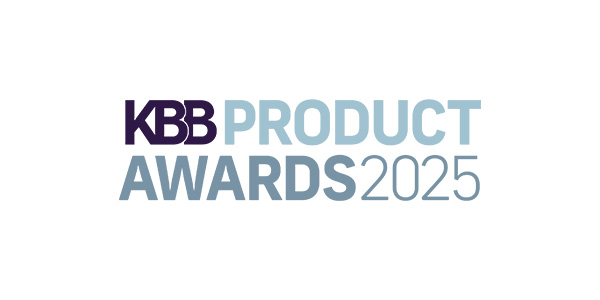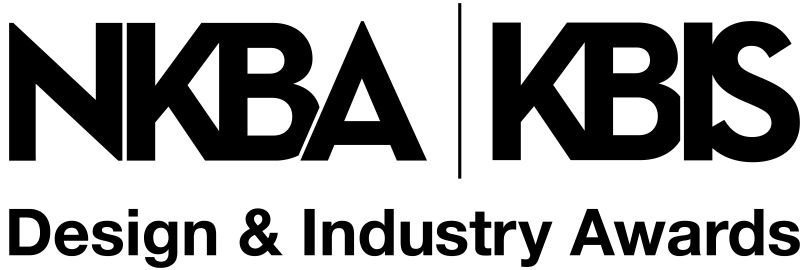Just as it has been for the last few years, most homeowners are still opting to stay where they are and renovate/upgrade their spaces versus purchasing a new house. According to John Cialone, chair of the American Society of Interior Designers’ National Board of Directors, the most sustainable home is the one that already exists.
As homeowners outgrow their current abodes, they are using their equity to add onto them, and those wanting to live and age in place are renovating with that goal in mind. Although remodeling is still high on many homeowners’ lists, the National Kitchen & Bath Association’s forecast predicts a 2% year-over-year decline.
“Although their appetite to remodel is strong, many of these households are deferring large projects or breaking them into smaller phases because of a decline in excess household savings, which have been eroded by inflation over the past 18 months; higher financing rates that make it less desirable to tap into home equity; and continued overall uncertainty about the economy,” said Bill Darcy, NKBA’s global president and CEO.
Although new construction spending was up in the fourth quarter of 2023, it will take a backseat in 2024 because of those aforementioned high interest rates. It will resonate more with homeowners who own more than one residence, but first-time buyers are still going to struggle. According to the NKBA, new construction spending is forecasted to decline by 4% in 2024 to $106 billion.
“For many owners, current mortgage rates are higher than their existing rate,” said Robert Dietz, senior vice president and chief economist of the National Association of Home Builders. “There will be a small gain in 2025 as interest rates decrease and as the volume of existing home sales picks up speed.”
Generation Detail
According to Dietz, the majority of new construction home buyers are from Gen X, who are at the peak of their spending years, but millennials lead the charge for first-time buyers. This is a result of that younger generation adding to their families and needing additional and more specialized space.
For Cialone, who is the vice president of Tom Stringer Design Partners in Chicago, his clientele tends to be those in the 50-70-year-old range. Andy Apter, president of the National Association of the Remodeling Industry and president of Apter Remodeling, says baby boomers are the biggest driver of the increase in remodeling and new construction because they want their current house to be their forever one – and they are willing to spend the money to fulfill that goal.
Lucky Locations
In terms of regions in the U.S. that are faring well, Apter says remodeling is at its peak in his firm’s location in Annapolis, Md., and in his home city of Sarasota, Fla. According to Dietz, more than half of single-family building takes place in the South, with pockets of strength in the Midwest because those are areas with population growth and an aging housing stock. Cialone cites Montana as a strong growth area because of its resort status throughout the year, and other similar markets include Florida, Texas and Tennessee.
Updates on Two Industry Issues
Supply chain issues are evening out as vendors are getting better at telling clients what they can and can’t obtain during a certain period of time. They are updating their websites to show what is in stock and determining what sells best. On the other hand, design professionals are more willing to make product selection changes if their original choice will significantly hold up a project.
“Although delays on certain items have decreased, there will still be lags on special/custom orders,” said Apter.
Inflation has driven up the cost of building material prices, and Dietz notes lumber as one of the biggest challenges. As the demand for new housing increases in 2024, so will the demand for lumber and other building materials.
“We do not produce enough lumber to meet the demands in the U.S., so we need to reduce or eliminate the tariff on Canadian softwood lumber, which makes up about a third of our supply,” he explained.
Employment Status
Rising labor costs and the availability of skilled laborers are still hitting our industry hard. According to Dietz, we are short about 400,000 workers, and on a gross basis, the overall construction market needs to add 720,000 a year to keep pace with expected growth and retirements; more people are aging out of the workforce than we are bringing in.
“Anyone who has a skill set in plumbing, HVAC, electrical, drywall, painting, masonry or carpentry can punch their own ticket,” said Apter.
As many with those skills are already employed, NARI offers a program – NARI Hires – to give their members the opportunity to hire workers in demand and to give workers the opportunity to search for NARI members who are hiring.
The Home Builders Institute is concentrating on getting its Pre-Apprenticeship Certificate Training curriculum in as many schools as possible – introduced as early as sixth grade. They have reached more than 300 schools and have a goal of reaching 100 more in 2024. The organization also offers the Schools to Skills Grant, which provides funding to implement this curriculum into schools that may not be able to afford it.
“Our aim is to educate students so that once they graduate from high school, they can move directly into the workforce on a good career path,” said Ed Brady, president and CEO of HBI, who cites a need to recruit women and people of color.
HBI is working to build more trade schools, which would offer short-term training – 12 weeks or less – to obtain the skills needed to hit the ground running in skilled trades. The organization is also planning to leverage disaster recovery efforts with partners in different areas of the country that will provide good opportunities for employment.
“We are centered on the whole package; we are not just educators,” said Brady. “We want to provide students with the best opportunities to be successful in this business.”
Lessons Learned
We closed out this year’s outlook by asking our interviewees what they would do differently if they could go back in time and change one thing about their business in 2023. Cialone said he would have increased his employee benefits sooner; the individual offerings are what make his firm unique and retain staff. Apter would have taken on more bathroom projects, citing them as a huge profit center for his firm with a quick turnaround.
Dietz said from the economist perspective, with perfect accuracy, the NAHB could have warned builders about a final increase for interest rates last fall, while emphasizing that the runup in September and October would be temporary. Interest rates are now down more than 100 basis points from the peak and are forecasted to move lower in the coming year.
Brady plans to invest in recruiting the right people on the educating and mentoring side, stating that in a healthy industry, it is hard to find good talent. HBI will also partner with more thought-provoking leaders that will help promote our industry. Cheers to a healthy, fruitful and exciting 2024!
What’s Next in Design
“First, it’s not possible to think about the future of the home without recognizing the role sustainability will continue to play in K&B. Designers are growing increasingly more interested in specifying products that improve the health and well-being of their clients and are environmentally friendly, meaning they conserve water and energy, are free of toxic materials, are responsibly and locally sourced and reduce industry waste.”
-Bill Darcy, NKBA Global President & CEO
“Technology lets us live more efficiently. In the bath, this means plumbing products for an at-home, water-efficient spa experience. In the kitchen, this could be faucets that produce different kinds of water and refrigerators that can track when food is going bad. As tech comes down in price, it will be available to everyone.”
– John Cialone, ASID Chair of the National Board of Directors
“Aging in place; adding a curbless shower and ensuring there is enough room for a wheelchair is an advantage for the homeowner and a potential buyer as well.”
– Andy Apter, NARI President
“Smaller footprints for cost efficiency; we will see more legislation adopting ADU policies to provide more units in the same space. Designs will feature less clutter and more quality.”
– Ed Brady, President & CEO of HBI
“Buyers are under a lot of affordability challenges, so space solutions and energy efficiency will be key.”
– Robert Dietz, NAHB SVP & Chief Economist
By Chelsie Butler
Photo credit: Amgen/Adobe Stock








